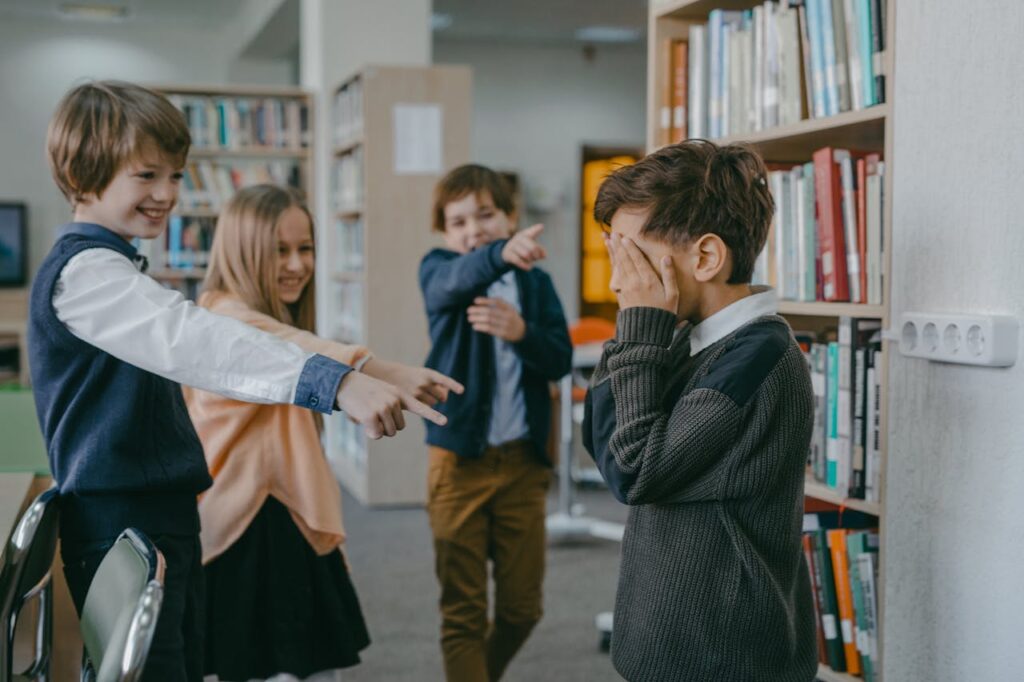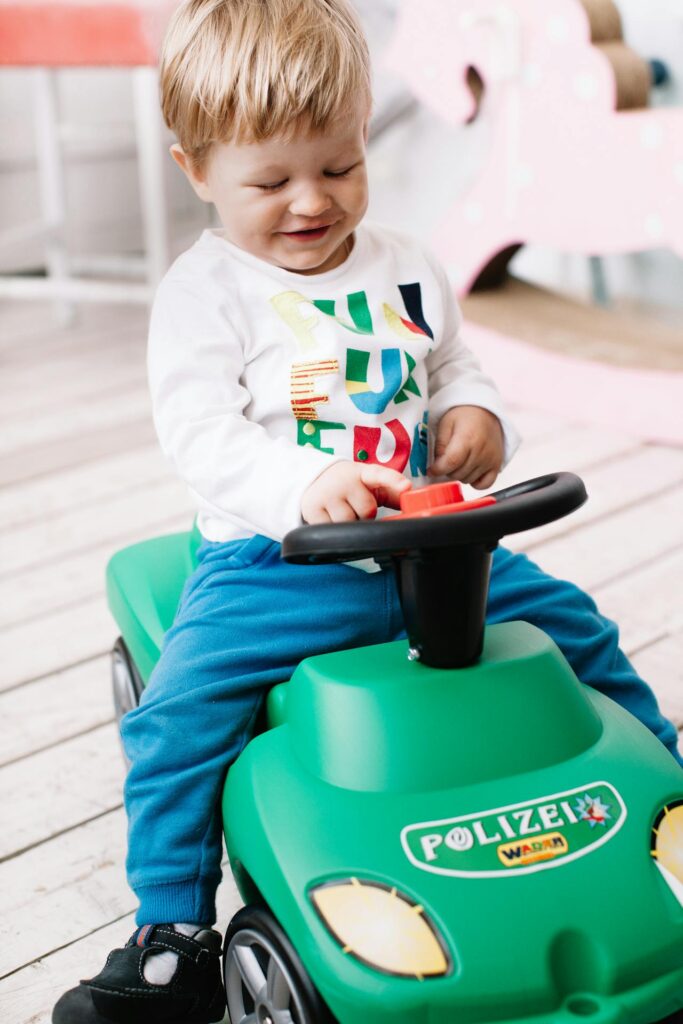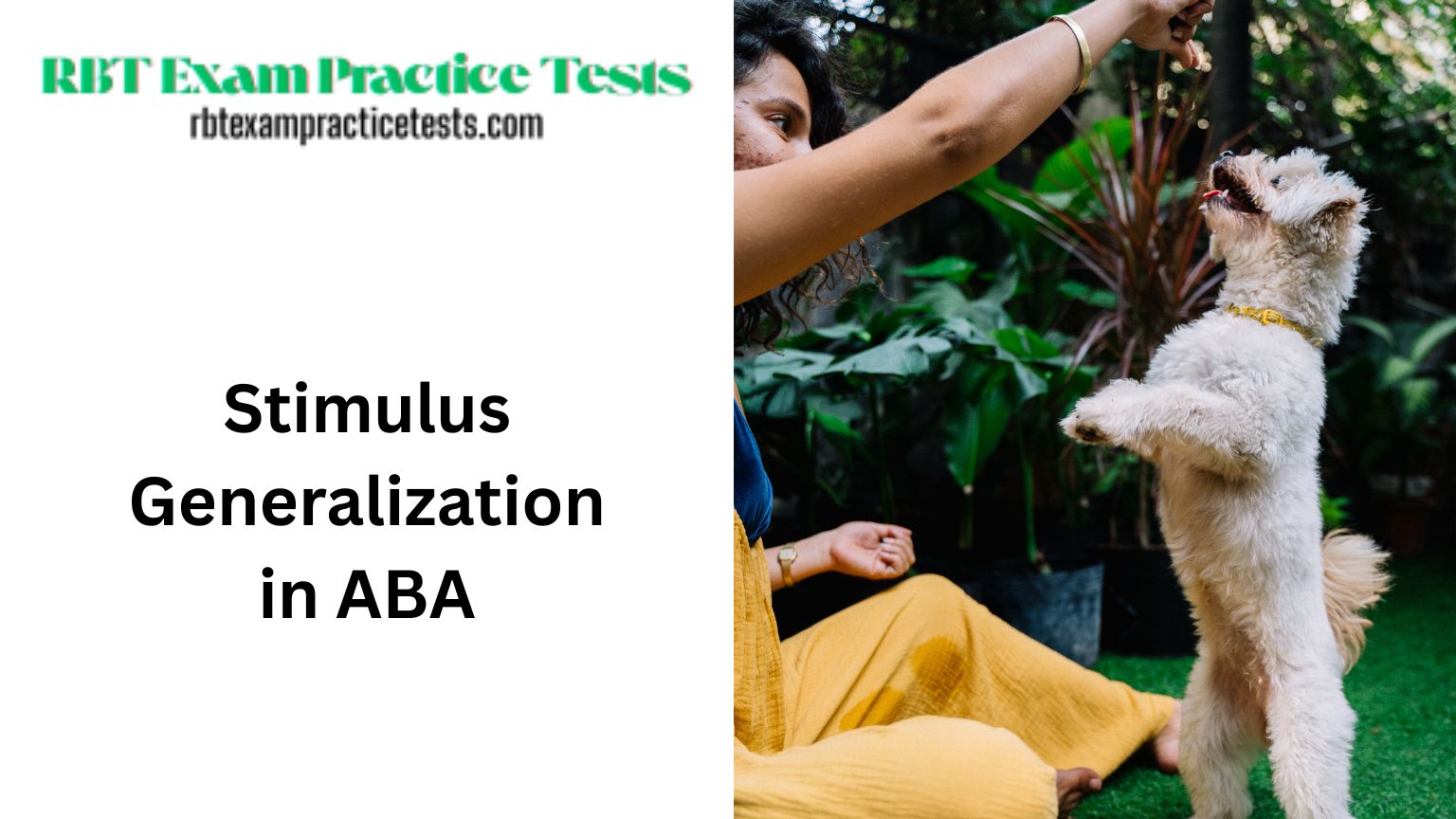When you’re diving into Applied Behavior Analysis (ABA), you’ll come across some fascinating concepts that explain how behaviors are learned and applied in different situations.
One of those is stimulus generalization. It’s a key idea that helps us understand how people transfer what they’ve learned to new contexts. Let’s break it down in a way that feels approachable and clear, with real-world examples to bring it to life.
What Is Stimulus Generalization?
Stimulus generalization happens when someone responds to a new stimulus in the same way they’ve been taught to respond to a similar one. In simpler terms, it’s when a behavior learned in one setting shows up in a different but related setting.

Imagine teaching a child to say “dog” when they see a golden retriever. If they later see a poodle and still say “dog,” that’s stimulus generalization at work. They’ve generalized the concept of “dog” to include different breeds because they share similar features, like four legs and a wagging tail.
This process is a natural part of learning. It allows us to apply skills or behaviors to new situations without starting from scratch every time. But it’s not always perfect, and sometimes it needs fine-tuning, which we’ll explore later.
Why Does Stimulus Generalization Matter in ABA?
In ABA, stimulus generalization is a big deal because it helps make learned behaviors useful in real-world settings. The goal of ABA isn’t just to teach someone a skill in a therapy room; it’s to help them use that skill in everyday life.

For example, if a child learns to greet someone by saying “hello” during therapy, we want them to say “hello” to their teacher at school or a neighbor at the park. Generalization ensures that skills stick and become meaningful beyond the training environment.
Without generalization, behaviors might stay “stuck” in one context, limiting their practicality. That’s why ABA practitioners work hard to plan for generalization, ensuring clients can adapt their skills to new people, places, or situations.
How Does It Work in Practice?
Let’s paint a picture. Suppose you’re working with a child who’s learning to raise their hand to ask for help in a classroom setting. During therapy, they practice raising their hand when they need assistance from their therapist. If the child starts raising their hand to ask for help from a teacher or a parent at home, they’re generalizing that behavior to new stimuli (different people or settings).

Another example could be a teenager learning to follow safety instructions, like looking both ways before crossing the street. If they apply this rule not just at the corner near their house but at any crosswalk, they’ve successfully generalized the behavior. These moments show how powerful generalization can be in making skills functional.
Challenges and Fine-Tuning
While stimulus generalization is helpful, it’s not always flawless. Sometimes, individuals might overgeneralize, applying a behavior to situations where it doesn’t fit. For instance, if a child learns to say “thank you” when given a toy but starts saying it every time someone hands them anything (like a napkin), they might need guidance to refine their response.

ABA therapists address this by teaching discrimination, helping individuals learn when a behavior is appropriate. They might use varied examples during training, like practicing a skill with different people or in multiple settings, to encourage flexible generalization.
Why It’s Exciting
Stimulus generalization is like watching a skill come to life in the real world. It’s rewarding to see someone take what they’ve learned and apply it in new, meaningful ways. For families, educators, and therapists, it’s a reminder that learning is dynamic, and with the right support, skills can grow and adapt to fit life’s many contexts.
